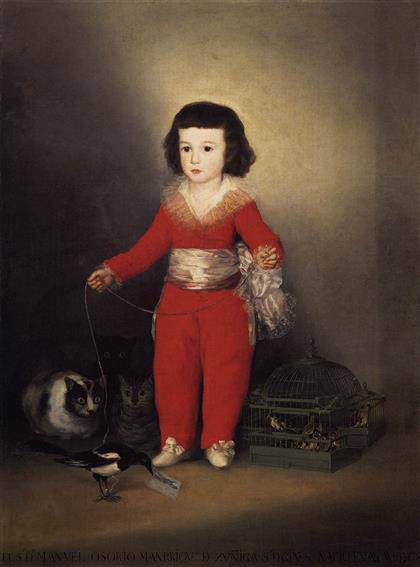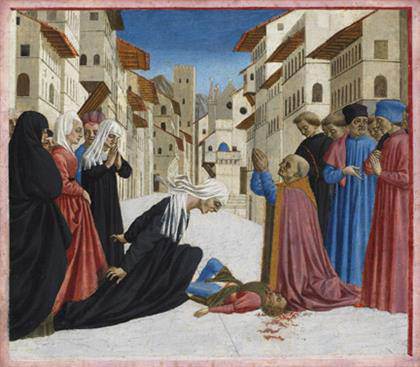
Funerary Mask
Thaj, Tell al-Zayer, Saudi Arabia, 1st century C.E.
Gold, H x W: 6 11/12 x 5 1/12 inches. National Museum, Riyadh, 2061.
Roads of Arabia at Nelson-Atkins Museum of Art ‘Roads of Arabia: Archaeology and History of the Kingdom of Saudi Arabia’ provides an in-depth look at Saudi Arabia’s rich and complex history before and after the rise of Islam. The Nelson-Atkins Museum of Art, Kansas City, April 25–July 6, 2014.]]>
Source: The Nelson-Atkins Museum of Art
Recent excavations in Saudi Arabia have uncovered amazing artworks and sites that have redefined our knowledge and understanding of the pre-modern world. Vast networks of trade routes allowed for the exchange of precious commodities such as frankincense and myrrh to the Mesopotamian and Greco-Roman world, and facilitated the interlacing of ideas and cultures that has shaped the region today.
In collaboration with the Musée du Louvre, the Saudi Commission for Tourism and Antiquities (SCTA) organized the first European exhibition of more than 200 recently excavated objects, not seen outside Saudi Arabia until 2010. The Smithsonian’s Freer Gallery of Art and Arthur M. Sackler Gallery organized and began the North American tour. The Nelson-Atkins is one of five venues to host this unique exhibition in the United States.
The exhibition, divided into four subcategories, unveils the progression of the ancient timeline of the region. In the first section of the exhibition, visitors encounter pre-historic tools and figures sculpted by some of Arabia’s earliest inhabitants. The second section of the exhibition focuses upon the ancient civilizations of Arabia, which flourished due to trade. With the domestication of the camel as early as 1200 B.C.E., the navigation of the harsh Arabian desert was realized. The incense routes were established, allowing for the commerce from the Horn of Africa and the southern shores of the Arabian Peninsula to the temples of the royal courts of the Mediterranean and the Near East.
The third section of the exhibition sees the established routes that led from Arabia begin to evolve into trails that led from cities such as Damascus, Cairo, and Baghdad to Mecca, the heart of the Islamic religion. This section includes historical tombstones with inscriptions, from the now-destroyed al-Ma’lat cemetery. These evocative stones are personified with the stories of the Muslims who either lived in Mecca or whose unwavering faith led them to the holy city. Another spectacular representation of Mecca are the original gilded silver doors that once graced the entrance to the Ka‘ba, Islam’s holy sanctuary. Finally, the creation of the Kingdom of Saudi Arabia in 1932 is explored. The rich history of this kingdom and their emerging society are revealed through the display of royal possessions, historical photographs, travel books, and luxurious objects.
Related content
Monet’s water-lilies in full bloom at Nelson-Atkins Museum (exhibition, 2011)
Follow us on:


